THERE ARE REALLY TWO PILOTS IN YOUR HEAD, AND BOTH ARE COMPETING TO BE IN CHARGE

Some authors have even argued that increasing flight experience might lead to more accidents — at least until pilots reach about 1,000 hours. This so-called “killing zone” traps pilots who have enough experience to be confident but not enough experience to be truly safe.
Like many pilots, I spent some time in that zone, trying to balance my improving skills and my occasional complacency. A wise flight instructor helped me immensely one day when he suggested that becoming a safe pilot had more to do with learning how to think than learning how to fly. He had a point. While I could easily manage a crosswind landing to a short runway, I struggled with mental tasks: making the go/no-go decision, planning the right fuel load or simply staying ahead of the airplane. Some things seemed so automatic, but others were as challenging at 200 hours as they were at 20 hours.
About 15 years later, I read Daniel Kahneman’s book Thinking, Fast and Slow, and suddenly, the struggle made sense. Kahneman describes the two contradictory ways the human brain works: “System 1” is fast-moving and emotional, while “System 2” is more deliberative and thoughtful. System 1 causes us to swerve the car when we see oncoming lights; System 2 takes over when we’re faced with a difficult math problem. While System 2 often makes better decisions, it doesn’t contribute unless we actively engage our critical-thinking skills.
この記事は Flying の February 2018 版に掲載されています。
7 日間の Magzter GOLD 無料トライアルを開始して、何千もの厳選されたプレミアム ストーリー、9,000 以上の雑誌や新聞にアクセスしてください。
すでに購読者です ? サインイン
この記事は Flying の February 2018 版に掲載されています。
7 日間の Magzter GOLD 無料トライアルを開始して、何千もの厳選されたプレミアム ストーリー、9,000 以上の雑誌や新聞にアクセスしてください。
すでに購読者です? サインイン
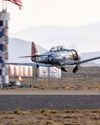
The Temple of Speed
Reno entices even this altitude-oriented pilot.

Flat Sixes
Fanatical artisans
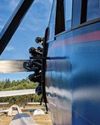
Blue over Green, Tent in Between
I’m old , I’m cranky. Why do I keep air-camping?
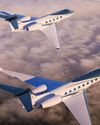
Gulfstream Reveals G400, G800
The product lineup gains large-cabin and ultralong-range mounts.
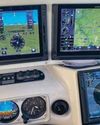
Every Airplane Requires a Checkout
Embrace the challenge of mastering a new machine.
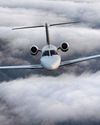
Fuhggedaboutit
Fifty-plus years of f lying forgetfulness

THE MAULE FAMILY APPROACHABLE AIRCRAFT
Choose your mount —the Maules do it all.

Sisters
“ Women certainly have the courage and tenacity required for long flights.” —Mildred Doran
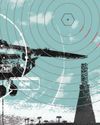
INSIDE OUT OR OUTSIDE IN?
What kind of pilot should you be?
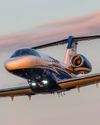
WE FLY: CESSNA CITATION CJ4 GEN2
THE FLAGSHIP CJ JUST GOT A WHOLE LOT BETTER.